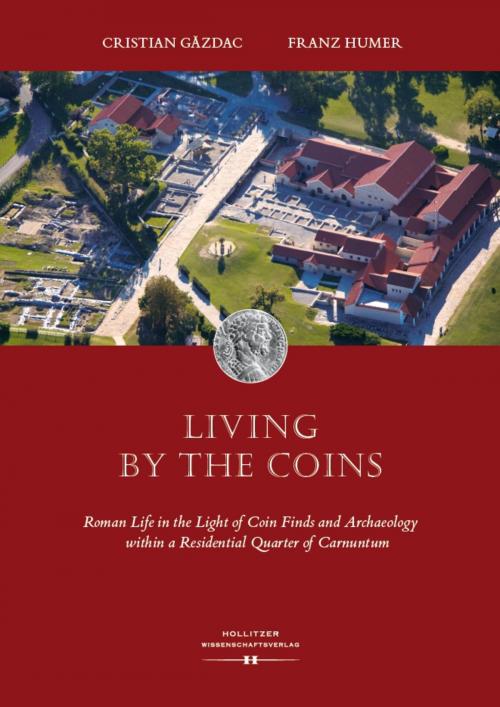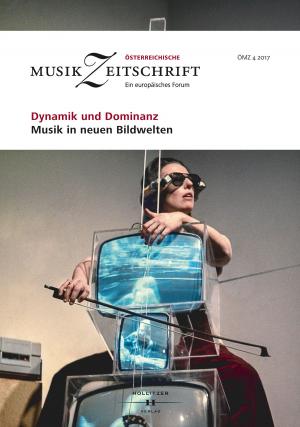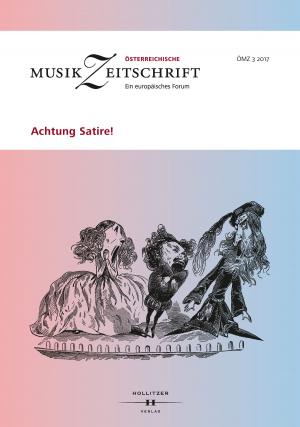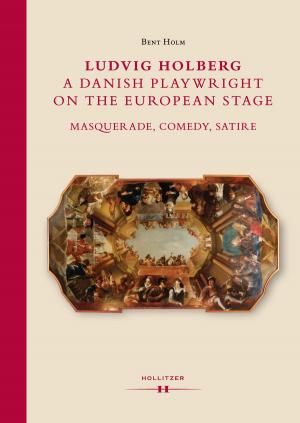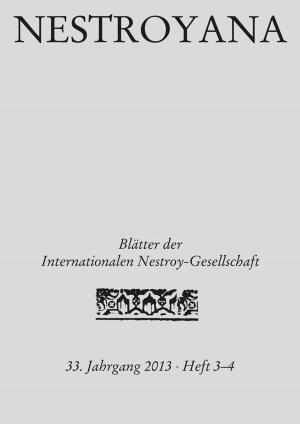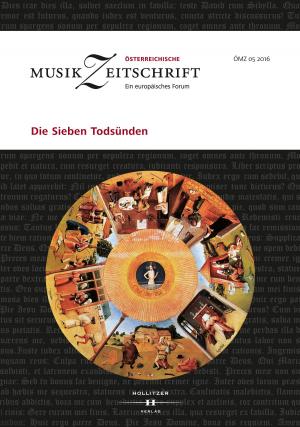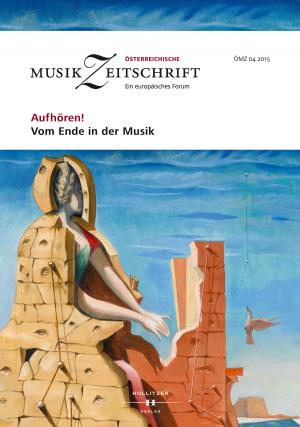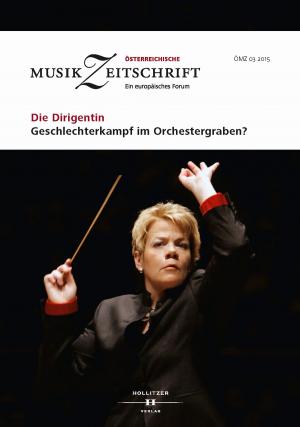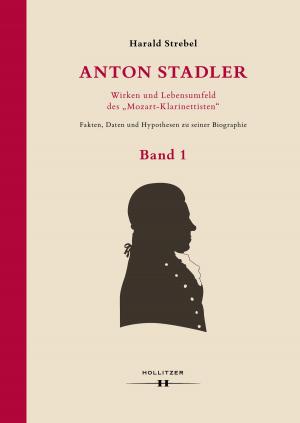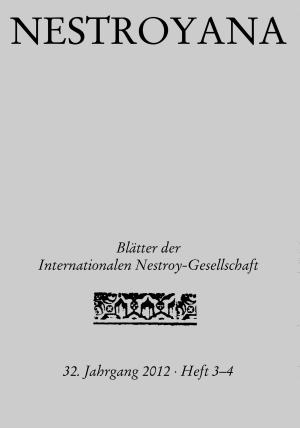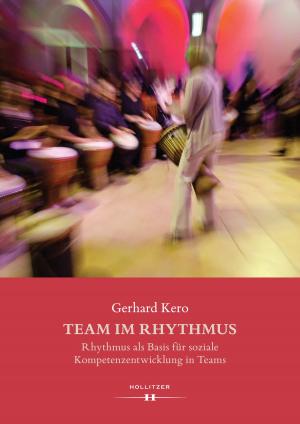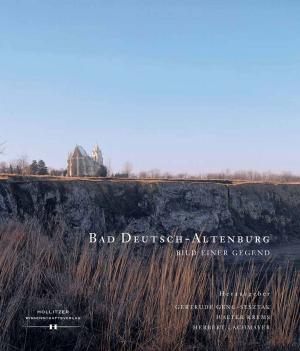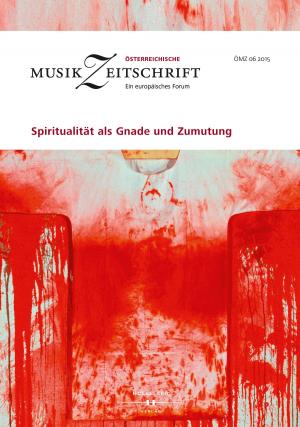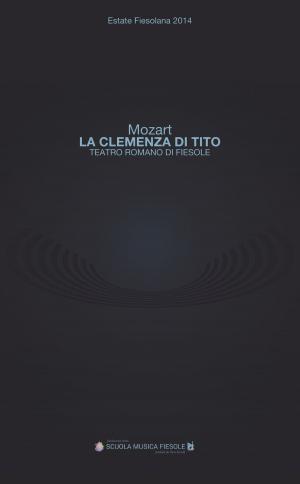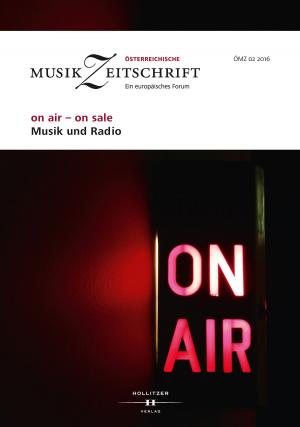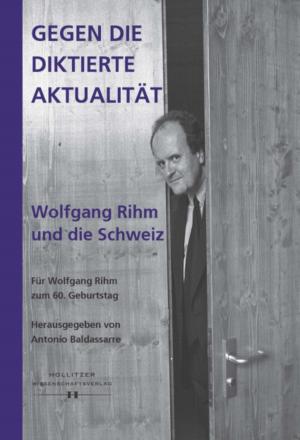Living by the Coins
Roman Life in the Light of Coin Finds and Archaeology within a Residential Quarter of Carnuntum
Nonfiction, Home & Garden, Antiques & Collectibles, Coins & Medals, History, Ancient History, Rome| Author: | Cristian Gazdac, Franz Humer | ISBN: | 9783990120941 |
| Publisher: | Hollitzer Wissenschaftsverlag | Publication: | March 22, 2013 |
| Imprint: | Language: | English |
| Author: | Cristian Gazdac, Franz Humer |
| ISBN: | 9783990120941 |
| Publisher: | Hollitzer Wissenschaftsverlag |
| Publication: | March 22, 2013 |
| Imprint: | |
| Language: | English |
After a forty-year gap following the excavations of the 1950s (and even earlier), large archaeological campaigns have been carried out since the 1990s in a quarter (also known as "Spaziergarten", "insula VI"and "Open-Air Museum") of the former "civilian" Roman town of Carnuntum. These new excavations have produced a large quantity of coins. Some of these findings have been published in the monumental volume Numismata Carnuntina - FMRÖ III.2 together with the rest of the coins found at Carnuntum in older collections. The new excavations were carried out according to new methodologies, as nowadays it is a desideratum to create numismatic corpora that should gather as much information as possible about each coin, not only from a numismatic point of view but also from an archaeological one. The aim is to provide more details about both general and specific patterns of the Roman economy, society and history of a residential quarter in a Roman town. Thus, the style of publication of coins - with a large scale of archaeological units (e.g. Roman streets, dwellings public edifices) and their stratigraphy - was chosen in this book in order to provide as much information as possible about each coin; in doing so we try to provide scholars with material and evidence that may help them to obtain a realistic picture of monetary circulation. Similarly, the coin as seen through an archaeological context may serve for a better understanding of the dating of archaeological phases, especially to illustrate when the coin may be useful within an archaeological context, as well as to highlight the pitfalls that one may come across if this artefact is misunderstood within the archaeological picture. We hope that this book will be a useful tool for numismatists, archaeologists, historians and any reader interested in understanding Roman life through coinage.
After a forty-year gap following the excavations of the 1950s (and even earlier), large archaeological campaigns have been carried out since the 1990s in a quarter (also known as "Spaziergarten", "insula VI"and "Open-Air Museum") of the former "civilian" Roman town of Carnuntum. These new excavations have produced a large quantity of coins. Some of these findings have been published in the monumental volume Numismata Carnuntina - FMRÖ III.2 together with the rest of the coins found at Carnuntum in older collections. The new excavations were carried out according to new methodologies, as nowadays it is a desideratum to create numismatic corpora that should gather as much information as possible about each coin, not only from a numismatic point of view but also from an archaeological one. The aim is to provide more details about both general and specific patterns of the Roman economy, society and history of a residential quarter in a Roman town. Thus, the style of publication of coins - with a large scale of archaeological units (e.g. Roman streets, dwellings public edifices) and their stratigraphy - was chosen in this book in order to provide as much information as possible about each coin; in doing so we try to provide scholars with material and evidence that may help them to obtain a realistic picture of monetary circulation. Similarly, the coin as seen through an archaeological context may serve for a better understanding of the dating of archaeological phases, especially to illustrate when the coin may be useful within an archaeological context, as well as to highlight the pitfalls that one may come across if this artefact is misunderstood within the archaeological picture. We hope that this book will be a useful tool for numismatists, archaeologists, historians and any reader interested in understanding Roman life through coinage.
